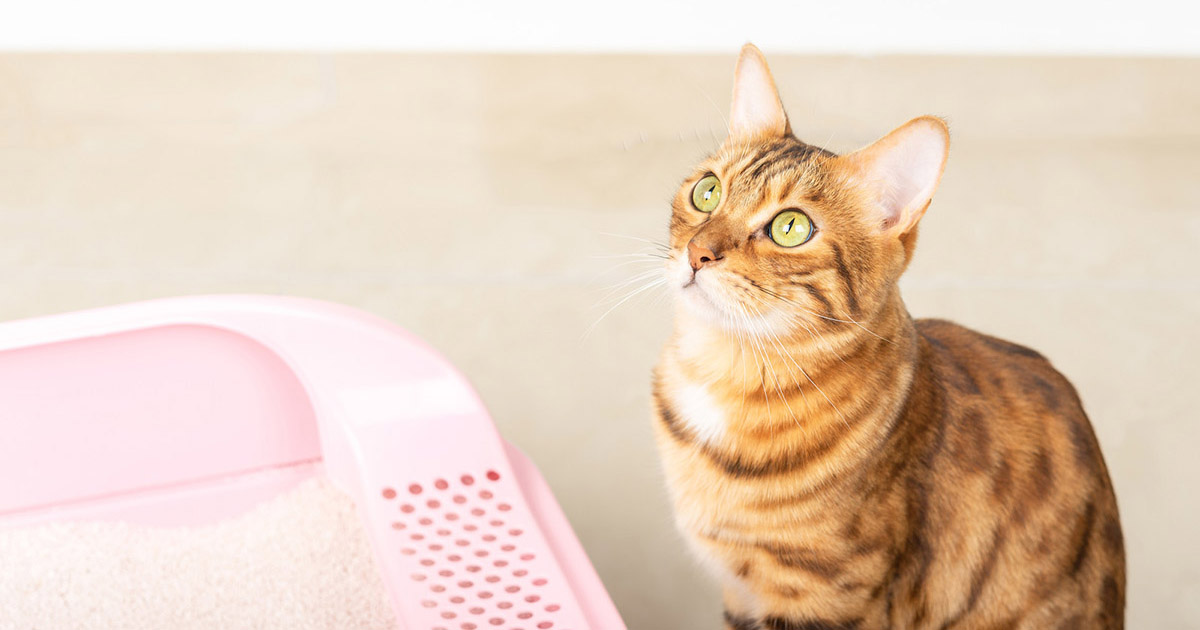Never Flush Cat Poop Down Your Toilet - Safeguard Your Pipes System
Never Flush Cat Poop Down Your Toilet - Safeguard Your Pipes System
Blog Article
Right here below you will find some worthwhile insights involving How to Dispose of Cat Poop and Litter Without Plastic Bags.

Introduction
As pet cat owners, it's essential to bear in mind how we throw away our feline pals' waste. While it might seem hassle-free to purge pet cat poop down the toilet, this method can have destructive repercussions for both the atmosphere and human wellness.
Environmental Impact
Flushing cat poop introduces hazardous microorganisms and parasites right into the supply of water, posturing a significant threat to aquatic communities. These contaminants can adversely influence aquatic life and concession water quality.
Wellness Risks
In addition to ecological problems, flushing cat waste can also pose wellness dangers to people. Pet cat feces might contain Toxoplasma gondii, a bloodsucker that can cause toxoplasmosis-- a possibly serious illness, particularly for expecting females and people with weakened immune systems.
Alternatives to Flushing
Fortunately, there are much safer and extra accountable ways to get rid of pet cat poop. Think about the adhering to choices:
1. Scoop and Dispose in Trash
The most usual method of dealing with feline poop is to scoop it right into a naturally degradable bag and toss it in the garbage. Be sure to utilize a dedicated litter scoop and take care of the waste promptly.
2. Use Biodegradable Litter
Select biodegradable cat litter made from materials such as corn or wheat. These trashes are eco-friendly and can be safely taken care of in the garbage.
3. Hide in the Yard
If you have a yard, consider burying cat waste in a designated area far from veggie gardens and water sources. Be sure to dig deep adequate to stop contamination of groundwater.
4. Set Up a Pet Waste Disposal System
Invest in a pet garbage disposal system particularly designed for cat waste. These systems utilize enzymes to break down the waste, reducing odor and ecological impact.
Final thought
Liable animal possession expands beyond offering food and sanctuary-- it additionally involves appropriate waste monitoring. By avoiding purging cat poop down the toilet and selecting alternate disposal approaches, we can decrease our environmental footprint and protect human health.
Why Can’t I Flush Cat Poop?
It Spreads a Parasite
Cats are frequently infected with a parasite called toxoplasma gondii. The parasite causes an infection called toxoplasmosis. It is usually harmless to cats. The parasite only uses cat poop as a host for its eggs. Otherwise, the cat’s immune system usually keeps the infection at low enough levels to maintain its own health. But it does not stop the develop of eggs. These eggs are tiny and surprisingly tough. They may survive for a year before they begin to grow. But that’s the problem.
Our wastewater system is not designed to deal with toxoplasmosis eggs. Instead, most eggs will flush from your toilet into sewers and wastewater management plants. After the sewage is treated for many other harmful things in it, it is typically released into local rivers, lakes, or oceans. Here, the toxoplasmosis eggs can find new hosts, including starfish, crabs, otters, and many other wildlife. For many, this is a significant risk to their health. Toxoplasmosis can also end up infecting water sources that are important for agriculture, which means our deer, pigs, and sheep can get infected too.
Is There Risk to Humans?
There can be a risk to human life from flushing cat poop down the toilet. If you do so, the parasites from your cat’s poop can end up in shellfish, game animals, or livestock. If this meat is then served raw or undercooked, the people who eat it can get sick.
In fact, according to the CDC, 40 million people in the United States are infected with toxoplasma gondii. They get it from exposure to infected seafood, or from some kind of cat poop contamination, like drinking from a stream that is contaminated or touching anything that has come into contact with cat poop. That includes just cleaning a cat litter box.
Most people who get infected with these parasites will not develop any symptoms. However, for pregnant women or for those with compromised immune systems, the parasite can cause severe health problems.
How to Handle Cat Poop
The best way to handle cat poop is actually to clean the box more often. The eggs that the parasite sheds will not become active until one to five days after the cat poops. That means that if you clean daily, you’re much less likely to come into direct contact with infectious eggs.
That said, always dispose of cat poop in the garbage and not down the toilet. Wash your hands before and after you clean the litter box, and bring the bag of poop right outside to your garbage bins.
https://trenchlesssolutionsusa.com/why-cant-i-flush-cat-poop/

I recently found that write up about Don’t flush cat feces down the toilet while doing research the internet. In case you liked our blog entry if you please remember to share it. Many thanks for taking the time to read it.
Book Report this page